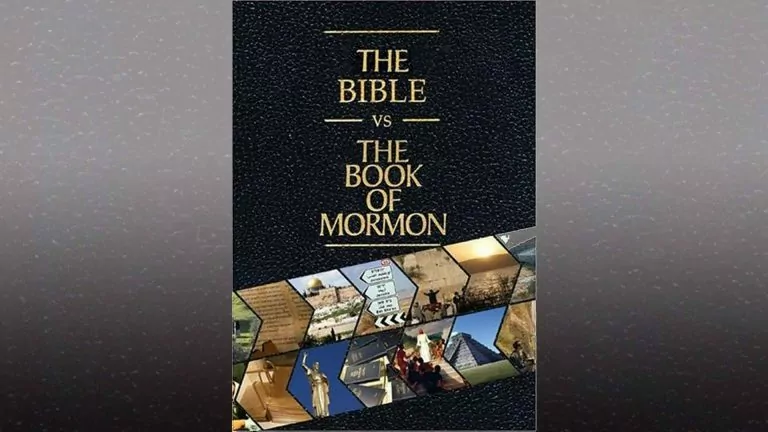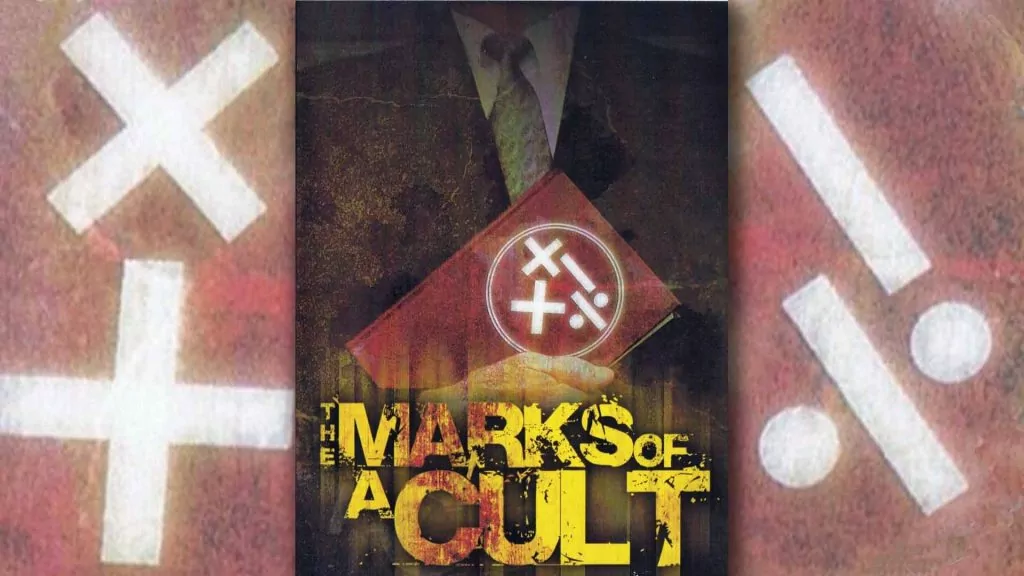Documentary
66 minutes
Rating: 8/10
Which is the true sacred text: the Book of Mormon, or the Bible? That’s quite the question, and this is quite the documentary, with narrator Joel Kramer tracking down experts, Christian and Mormon, to compare and contrast the two books. Kramer and his partner in this effort, Scott Johnson, are members of the Living Hope Christian Fellowship in Brigham City, Utah which has made a concerted effort to reach out to the Mormons all around them. They attempt to do so here by showing how the Bible is backed by history in a way that the Book of Mormon simply is not.
The Book of Mormon is said to be a translation of ancient Egyptian, as it was set down on golden plates. It has different books in it, with the main narrative about ancient Israelites who ended up in the Americas before Christ, and were later visited by Him after his resurrection. These Israelites were divided into two groups, the Lamanites and the Nephites, who fought one another. That is a historical claim, but in contrast to the abundant archeological evidence for the historicity of the Bible, there isn’t the same to back the Mormon account of ancient Israelites in the Americas.
Now, a Mormon might note that absence of evidence isn’t evidence of absence – just because we haven’t found anything yet isn’t definitive proof that we never will. That’s true enough. However, the sheer weight of evidence – literally tons of it – on the biblical side still stands in stark contrast to the lack thereof for the Book of Mormon.
If you like this film, you’ll also appreciate this same group’s documentaries DNA vs. the Book of Mormon, and The Bible vs. Joseph Smith, which you can purchase on DVD at Sourceflix.com. This one, though, you can watch for free, below.















